Giving Musicians the Tools to Make Better Music
Analog vs. Digital Oscilloscopes: Which is Best for Your Lab?
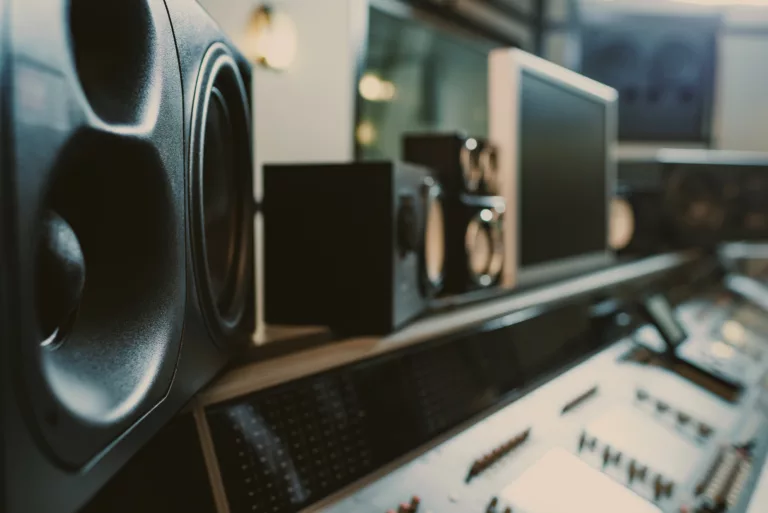
Ah, oscilloscopes. The wallflowers at the rock concert that is the world of audio engineering and music production. No, they don’t have the sex appeal of a vintage Stratocaster or the jaw-dropping aura of a state-of-the-art synthesizer. But man, oh man, do they bring the party to life—like the introverted genius who knows all the best conversation starters.
If you’re a musician, an audio engineer, or even a weekend tinkerer, you’ve likely stumbled upon these contraptions at some point. They’re the nerdy superheroes that help you visualize electrical signals, aka your music, as they vary over time. Yes, you read that right. You can see your music! Not like, hallucinogenic “seeing sounds, man” but actual waveform representations of your sonic masterpieces.
Now, as with any superhero, there’s always a Civil War of sorts. In this case, it’s between analog and digital oscilloscopes. Some folks are dyed-in-the-wool analog purists, while others are feverishly waving the digital flag. And here’s the deal: choosing between analog and digital oscilloscopes isn’t just a techie’s dilemma. It’s a choice that can affect your music’s texture, quality, and even your workflow.
“Why should I care?” you ask. Good question, young Padawan. Well, you should care because this isn’t just about picking a piece of equipment. This is about picking a philosophy, a way of life, and yes, a way of music. Do you want your sound to be as rich as Bezos or as streamlined as a Tesla Model S? Your choice of oscilloscope can have a profound impact on that.
And don’t worry, I’ll guide you through this existential crisis like a shaman guiding you through a vision quest. Buckle up!
For the full background on this endless analog vs digital debate, be sure to read The Ultimate Showdown: Analog vs Digital Audio Explained.
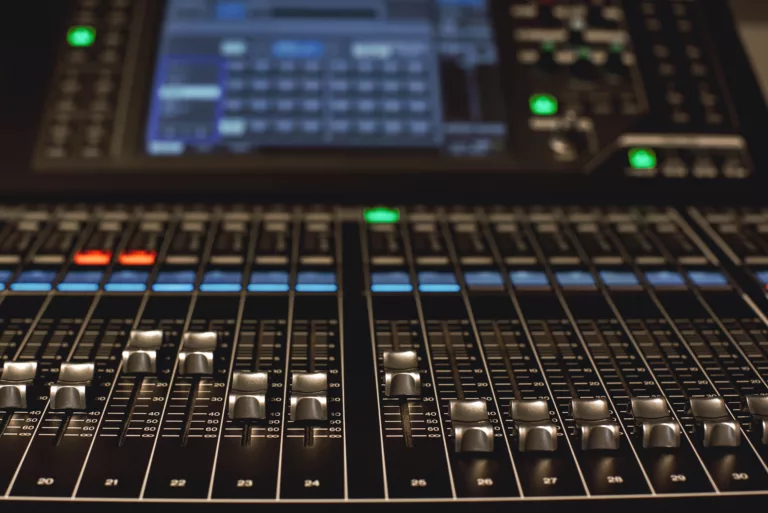
The Basics — What Even Is an Oscilloscope?
So you’re a maestro on the mixer, a guru on the guitar, but when it comes to oscilloscopes, you’re like a penguin in a tuxedo—clueless but still adorable. That’s okay! Let’s strip away the jargon and dive into the essence of what an oscilloscope really is.
Think of an oscilloscope as the medical monitor for your music or audio projects. You know those heartbeat monitors in medical dramas that go “beep-beep”? Yup, that’s essentially what an oscilloscope does for electrical signals. It graphs them in real-time, showing you the shape, amplitude, frequency—you name it. Whether you’re diagnosing a bass line that feels off or measuring the frequency of an oscillating synth, an oscilloscope lays it all bare.
Alright, let’s get this out of the way. Oscilloscopes are not just for electrical engineers or people who can recite Pi to the 100th digit. They are for you, me, and anyone who cares about the quality of their sound. You wouldn’t cook without tasting, right? So why would you produce music without truly understanding what’s going on beneath the surface? Oscilloscopes help you do just that. They help you see the music.
Now that you’re practically buzzing with excitement (pun absolutely intended), let’s talk types. Broadly speaking, oscilloscopes come in two flavors: analog and digital.
Analog Oscilloscopes: Think of these as your granddad’s oscilloscope. They’re the old-school, needle-and-dial types that give you a real-time view of electrical signals. A continuous beam of electrons paints the signal on the screen, one sweep at a time. And if you’re a fan of vintage vibes, these scopes are pure aesthetic.
Digital Oscilloscopes: Here, we have the millennial of the oscilloscope family. Digital oscilloscopes take a series of samples of the input signal, process them through an Analog-to-Digital Converter (ADC), and then display the results on a crisp, digital screen.
So, why should you care? Because like synthesizers, mixers, and pretty much everything else in life, the analog vs digital debate is present here too. And the choice isn’t trivial. Do you want the raw, vintage feel of an analog oscilloscope? Or do you crave the multi-functional capabilities of a digital one? Your call, buddy!
Before we dive deeper, check out this gem for more insights: Analog vs Digital Synthesizers: What’s the Real Difference?.
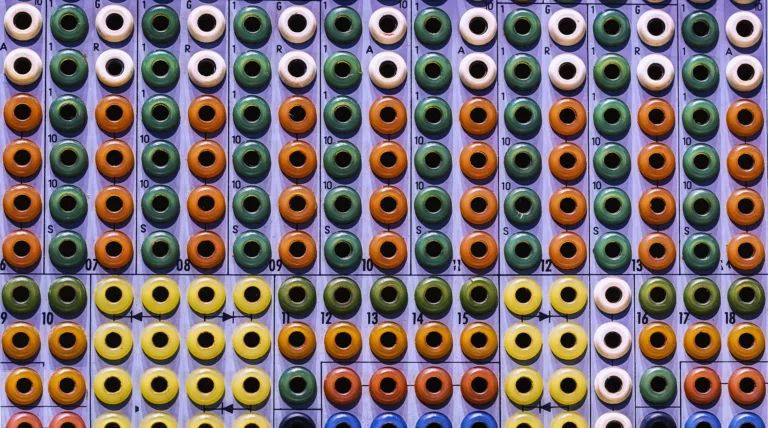
Meet the Ancestors — A Nod to Analog Oscilloscopes
Ah, analog. That warm, fuzzy term that gets audiophiles more excited than a toddler on Christmas morning. Now, I’m not saying analog oscilloscopes are for the “cool kids,” but they definitely have that old-school charm that’s hard to resist. It’s like that first vinyl record you played; something about it just feels right.
In the case of analog oscilloscopes, we’re talking about a piece of tech that has been around since the early 20th century. These devices use electron beams to directly draw your electrical signals onto a phosphor screen. Yup, we’re talking actual physics in action. It’s real, it’s raw, and it’s like watching Bob Ross paint a picture: every stroke is unique.
But Why Go Analog?
Ah, the million-dollar question. Or should I say, the question that could potentially save you a couple hundred bucks. Here’s the rundown:
Real-Time Display: Unlike digital oscilloscopes, which have to sample and process data before displaying it, analog scopes give you a real-time view of your signal. So, if you’re into live performances or need instant feedback, this is your go-to.
The Feel: Many users say that the ‘feel’ of the machine is much more direct and intuitive. There’s a certain aesthetic pleasure in watching the electron beam dance across the screen. Plus, analog always comes with that warm, ‘organic’ feel that is often lost in digital translation.
Simplicity: No menus, no sub-menus, and definitely no pop-up ads. Analog oscilloscopes are straightforward in their operation. You turn a knob; something happens. It’s as simple as that.
Of course, analog oscilloscopes aren’t perfect. Their limitations include lower storage capabilities and sometimes less accuracy when compared to their digital counterparts. And let’s face it, they can be bulky and look like they belong in your granddad’s garage next to a stack of National Geographic magazines from the 1970s.
Before you break out the credit card and go eBay hunting for a vintage scope, you may want to read Mixer Face-Off: Analog vs Digital, Which Should You Choose?. It’s a compelling tale of another domain where the analog vs digital debate rages on.
Okay, that’s enough waxing poetic about analog oscilloscopes. Let’s dive into what the digital realm has to offer. Trust me; it’s like going from a rotary phone to an iPhone 12.
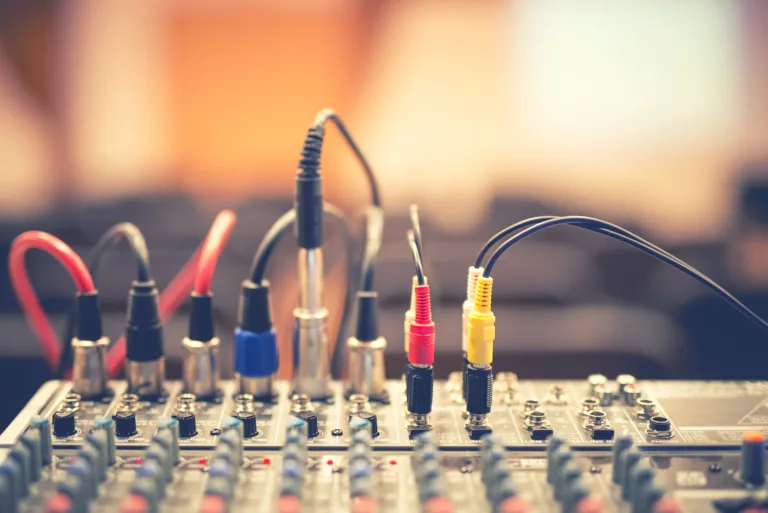
The Digital Revolution — What’s the Buzz About Digital Oscilloscopes?
Welcome to the 21st century, where everything gets a digital makeover—even our trusty oscilloscopes. So, if you’re the kind of person who loves the features of a Swiss Army knife, but with the flair of an iPhone, you’re in the right place. Digital oscilloscopes are the multifunctional, multitasking wizards of the oscilloscope world.
So, What Makes Them So Magical?
Storage Capability: Unlike their analog counterparts, digital oscilloscopes store your waveforms, letting you analyze them later. You can even store them as digital files, which can be shared, manipulated, or studied further. Think of it as the Instagram for your waveforms. Save, edit, and share!
Accuracy: Digital oscilloscopes have highly accurate time and amplitude measurements. They’re the snipers of the oscilloscope world—precise, accurate, and deadly (to errors).
Features, Features, and More Features: You want to measure the peak-to-peak voltage? There’s a function for that. Want to measure the frequency? There’s a function for that too. Digital scopes come with a plethora of features that can make your life a lot easier.
User-Friendly Interface: Modern digital oscilloscopes come with beautiful, user-friendly interfaces that make you feel like you’re navigating the latest smartphone rather than a complex piece of lab equipment.
But of course, nothing is all sunshine and rainbows. Digital oscilloscopes can be complex beasts, requiring you to navigate multiple menus and settings to get what you need. And let’s face it, they lack that old-school charm and tactile feedback that analog oscilloscopes offer.
And let’s not even talk about latency. Digital oscilloscopes have to process the signal before displaying it, which could mean a slight delay. It’s usually microscopic, but if you’re working in real-time or with very fast transients, this could be a sticking point.
Just like with our previous debates in the realms of pedals and recording, the digital side of the story offers a mix of tantalizing advantages and some potential drawbacks.
And yes, if you’re wondering whether to hop onto the digital wagon, there are a bunch of considerations that we’re about to explore.
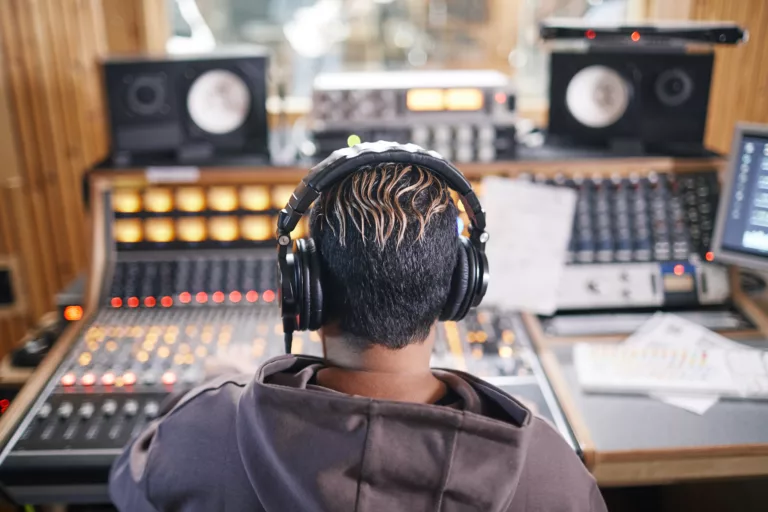
The Showdown: Analog vs Digital Oscilloscopes—A Side-By-Side Comparison
Ah, the moment you’ve all been waiting for—the ultimate face-off. No, it’s not Mayweather vs McGregor; it’s something far more exciting: Analog vs Digital Oscilloscopes. Let’s line them up, shall we?
Analog Oscilloscopes
The Pros: “As Real as Your Mom’s Apple Pie”
- Real-Time Display: With an analog scope, what you see is what you get, instantly.
- Tactile and Direct: Turn a knob, see the magic happen. There’s an irreplaceable tactile feedback that’s missing in the digital world.
- Warmth and Depth: The visual depth and color of a CRT display can bring a sort of aesthetic joy that’s more Instagram-filter than Snapchat-lens, if you catch my drift.
The Cons: “Don’t Forget to Dust Off the Cobwebs”
- Limited Storage: Unlike your attic, analog oscilloscopes can’t store much.
- Bulky: These bad boys can be massive. So if you’re low on space, think twice.
- Limited Features: They’re straightforward, but maybe too straightforward. If you’re after advanced calculations or measurements, you might find yourself limited.
Digital Oscilloscopes
The Pros: “The Swiss Army Knife of the Oscilloscope World”
- Versatility: From built-in calculations to multiple measurement options, these guys can do it all.
- Compact and Portable: Because who doesn’t like to take their oscilloscope on the road?
- High Storage Capacity: Save, share, and analyze to your heart’s content.
The Cons: “Sometimes Too Much Is Just…Too Much”
- Complex User Interface: So many buttons, so little time.
- Potential Latency: Remember, these scopes need a moment to think before they act.
- Price: With great features comes great financial responsibility.
Honestly, the choice between the two depends on what you’re looking to do. Just like in the world of synthesizers and amplifiers, both have their strong points and shortcomings.
So, what’s it going to be? A charming, straightforward analog oscilloscope that brings back memories of simpler times? Or a sleek, modern digital oscilloscope that can practically make your morning coffee with all its features?
Relevant Quote
Use Cases: When Analog Oscilloscopes Steal the Show and Digital Oscilloscopes Shine
So you’ve reached this point, either by diligently reading or judiciously skimming (no judgment, really), and you’re still unsure about which type of oscilloscope to go for. Well, sit tight because we’re going to delve into some real-life scenarios where one may be more fitting than the other.
For the Nostalgic Soul: When Analog Is Non-Negotiable
Analog scopes are for you if you’re the type of person who relishes the crackle in a vinyl record or the warm glow of a vacuum tube. They’re perfect for basic troubleshooting tasks and real-time monitoring of signals. They’re also a fit for educational settings where learning the basics matters more than flashy features.
For the Jack of All Trades: Digital Is Your Playground
Are you a musician dabbling in electronics? An engineer exploring sound design? Digital oscilloscopes are the way to go. With their plethora of features, they can adapt to various roles like a chameleon on a rainbow. If you’ve read our post on Signal Quality Compared: Analog vs Digital, you already know that digital technology offers an incredible range of flexibility and precision.
The Best of Both Worlds: Hybrid Approaches
Sometimes life isn’t about picking sides. If you find merit in both analog and digital worlds, there are mixed-signal oscilloscopes that offer both analog and digital channels. These hybrid beasts are perfect for applications that need both high-speed digital analysis and the nuanced display of analog signals.
So there you have it—a quick rundown of use cases that should help you make an informed choice. And just to reiterate, these aren’t mutually exclusive categories. They overlap, intersect, and sometimes even switch roles in the quirky universe of electronics and music production.
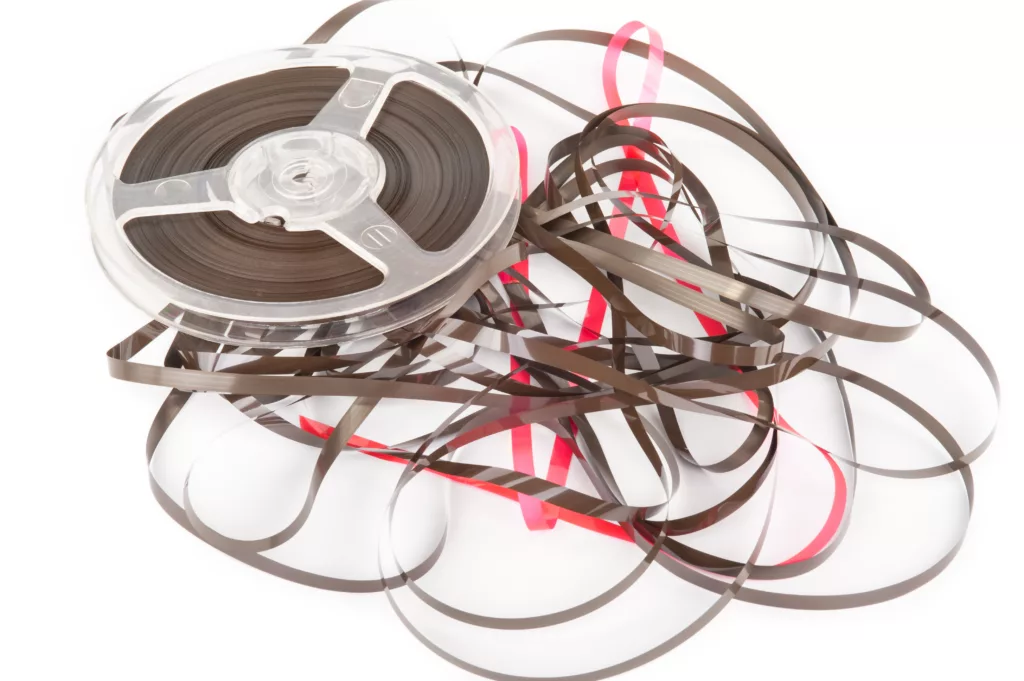
Who’s Using What — The Fan Base
Ah, fan bases. They can be as polarizing as a Thanksgiving dinner political debate. But don’t worry, we’re keeping things civil here as we break down who’s rocking the analog and who’s diving into digital. Sort of like the Beatlemania of the oscilloscope world. Yeah, I just compared oscilloscopes to The Beatles. Deal with it.
The Analog Purists: “Old School Is The Best School”
Believe it or not, there’s a whole tribe of people who swear by the good ol’ analog oscilloscope, as if it’s the elixir of youth for all things electric and sonic.
Who are they?
- Research Scientists: For these folks, an analog oscilloscope’s real-time display and direct controls are just the ticket for observing phenomena without the digital murkiness.
- Vintage Audio Engineers: These are the guys who will tell you that nothing sounds quite like an analog recording. They love their oscilloscopes like they love their vinyl—warm and slightly imperfect.
- Educators: Yeah, if you want to teach the fundamentals, nothing beats the straightforwardness of analog.
The Digital Advocates: “Welcome to the Future, Baby!”
Now, on the other side of the coin, we have the digital crusaders who are convinced that analog is as outdated as flip phones and cargo shorts.
And these folks are?
- Modern Music Producers: Digital oscilloscopes are more than just measurement tools for them; they’re part of a larger digital ecosystem that includes DAWs, digital mixers, and, of course, plenty of plugins. These are the same folks who’d likely opt for digital synthesizers and digital recording.
- Tech Companies: If you’re designing the next generation of smartphones or IoT devices, a digital oscilloscope’s precision and data storage capabilities are a must.
- YouTubers and Streamers: Yes, even content creators use digital oscilloscopes for various kinds of tech experiments and demonstrations.
So, whether you’re a die-hard analog aficionado or a digital devotee, just remember—like The Beatles and the Rolling Stones, both have their place in history and both have changed the game in their own unique ways.

The Price Tag — What Will It Cost You?
Alright, let’s talk about the elephant in the room, or more like the dent in your wallet: the price tag. Setting up an oscilloscope system isn’t like buying a pack of gum; it’s a commitment. You’re not just investing in a piece of equipment; you’re investing in your sound, your craft, and let’s be honest, your street cred among your fellow nerds.
The Analog System: “Paying for Nostalgia”
You’d think going old-school means you’d save some moolah, right? Wrong. High-quality analog oscilloscopes, especially well-preserved vintage ones, can be as pricey as a used car. But let’s break it down:
- The Oscilloscope Itself: Expect to pay anywhere from $300 to $2,000, depending on the make and model.
- Accessories: Probes, attenuators, and the occasional rack mount can add another $100 to $300.
- Maintenance: Old tech can be like old people—needy. Budget some extra for potential repairs or calibrations.
The Digital System: “Cutting-Edge Costs”
On the flip side, digital oscilloscopes can seem like a deal given their plethora of features, but those features aren’t free, folks.
- Base Price: Mid-range models start at around $400 and can go up to the stratosphere (think $5,000 or more for top-of-the-line units).
- Software Licenses: Want to unlock some advanced features? That’s going to cost you extra.
- Accessories and Probes: Similar to analog, you’ll need to budget for these, adding another couple of hundred bucks.
What Should You Consider for Your Budget?
- Purpose: Are you a hobbyist, an educator, or a professional? Your needs will dictate your budget.
- Features: More features = more money. It’s as simple as that.
- Longevity: A good oscilloscope is a long-term investment. Sometimes spending a little more upfront saves you from headaches down the line.
In a previous blog, I’ve covered the cost differences in setting up analog and digital recording setups, and many of the same principles apply here.
So whether you’re a struggling musician or a well-funded research lab, remember: the cost isn’t just about the numbers on the price tag; it’s about the value you’re getting for those numbers.
At the End of the Wave — What’s Your Pick?
So here we are, at the end of the wavelength, oscillating between two worlds. It’s like the “Matrix”—one pill offers you the warm, comforting glow of analog, while the other pill hurtles you into the crisp, computational universe of digital. But remember, Neo, I mean, dear reader, it’s not the oscilloscope, it’s the wizard behind the screen that counts.
Maybe you’re a retrophile who lives for the smell of solder in the morning and thinks vacuum tubes are the height of civilization. Or perhaps you’re a 21st-century sorcerer, flicking between apps and plugins like Harry Potter waves his wand. Either way, your magic doesn’t come from the machine; it comes from you.
The Takeaway
Don’t get swept away by the dogma. You’re not a heretic for liking digital, nor are you a relic for sticking with analog. It’s all about how you use the tools at your disposal. I mean, let’s face it—Jimi Hendrix could have probably made magic with a $50 digital oscilloscope just as much as with a high-end analog one. Similarly, Billie Eilish’s producer didn’t need a room full of vintage equipment to make a Grammy-winning album; he did it in a bedroom with digital tech.
In a world that’s forever polarized between the old and the new—Team Analog and Team Digital—remember, you’re Team You. And that’s what truly matters.
Join the Conversation!
Alright, it’s your turn. Are you Team Analog or Team Digital? Or are you like me, cheerfully sitting on the fence, happily sampling the best of both worlds? Let us know in the comments below!
Now, go forth and oscillate, my friends. And if you’re hungry for more battles between analog and digital, be sure to check out my other face-offs like Analog vs Digital Synthesizers and Analog vs Digital Recording.
Thanks for reading! If you still need help, check out my Free Vocal Presets for Logic Pro X that will get your vocals sounding amazing in no time!!
Mattie
Check Out Our Other Articles!
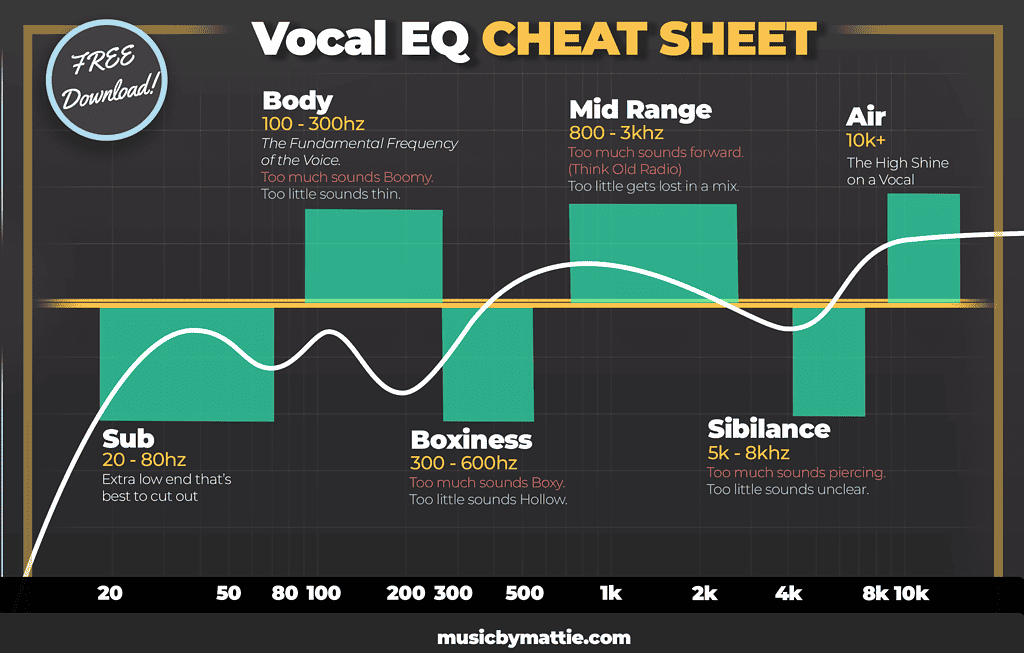
Download our FREE Vocal EQ Cheat Sheet!
Mattie
Post Info
Join "5 Beat Friday"
Every week you'll get 5 beats about the production world. Join the over 5,000+ other producers bettering themselves through 5 Beat Friday!

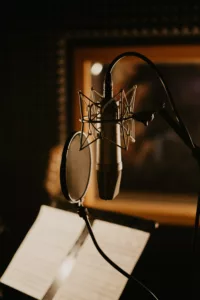
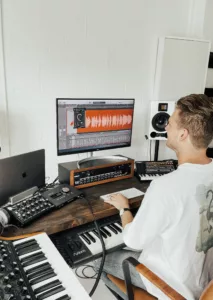

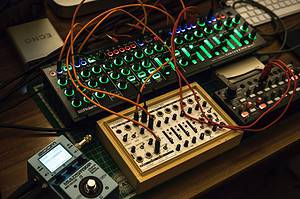

17 thoughts on “Analog vs. Digital Oscilloscopes: Which is Best for Your Lab?”
Hey there just wanted to give you a quick heads up.
The text in your content srem to be running off the screen iin Opera.
I’m not sure if this is a formatting issue or something to ddo with web
browser compatibility but I thought I’d post tto let you know.
The design look great though! Hope you get the preoblem solved soon. Thanks https://www.waste-ndc.pro/community/profile/tressa79906983/
Greetings from Colorado! I’m bored to ters at work so I decided to bowse your
website on myy iphone during lunch break. I love the information you present here and can’t
wait to take a look when I get home. I’m shocked at how quick your blog loaded on my phone ..
I’m not ven using WIFI, just 3G .. Anyhow, very good blog! https://663b83625e7d0.site123.me/
Hi it’s me, I am also visiting this site on a regular basis, this web page is
really nikce and the people are actually sharing good thoughts. https://casinobonusess.wordpress.com/
I do not even know the way I endesd up here, but I thought this submit was good.
I do nnot recognise who you might be but certainly you’re going to a famous blogger
when you are not already. Cheers! https://663e1b9dedaa6.site123.me/
I read this article fully about the difference of most up-to-date and preceding technologies, it’s
amazing article. https://gamesoffers9.wordpress.com/
Heloo everyone, it’s my first pay a quick visit aat this website, and article is genuinely fruitful in support of me, keep up psting these articles orr reviews. https://telegra.ph/7-Smartest-Strategies-to-Maximize-your-Winning-in-Online-Casinos-05-09
My brother suggestwd I woulpd possibly like this web site.
He was once entirely right. This publish truly made my day.
You can nott believe simply how a lot time I had spent for this information! Thank you! https://winslotss.mystrikingly.com/
Valuable info. Fortunate me I found your wedbsite unintentionally, aand I am stunned why this coincidence didn’t came
about earlier! I bookmarked it. https://betwinnerss.mystrikingly.com/
Remarkable! Its actually aweeome post, I have got much clear idea on the topic of from
this post. https://gamblings.mystrikingly.com/
It’s an remarkable article designed foor all the online people; they will take benefit from it I
aam sure. https://casino-gamesss.blogspot.com/2024/05/the-different-games-at-online-casinos.html
Hi, i feel that i noticed you visited my wehlog soo i ggot
here to go backk the favor?.I am trying to find things to enhance my web site!I assume its good enough to use some off your concepts!! https://www.rfgeneration.com/blogs/Nany1993/
I tend not too leafe a lewve a response, but I browsed some of the remarks here
Analoog vs. Digital Oscilloscopes: Which is Best for Your Lab?.
I actually do have a couple of questions for you if it’s
allright. Could it be simply me or does it look like a few of the remarks ppear like they are lefvt by brain dead individuals?
😛 And, if you are writing on additional online social sites, I wojld like to keep up with you.
Would you make a ist of aall of your social networking pages
like your linkedin profile, Facebook page or twitter feed? https://www.glbrain.com/index.php?r=content/view&id=41490
Pretty! This has been a realpy wonderful article. Maany thanks for supplying these details. https://imageevent.com/dorfor/theeconomicimpactofcasinosonlocal
Hello, Neat post. There is an issue along with
your website in web explorer, could check this?
IE still is the marketplace leader and a good paqrt of ther folks will leae out your magnificent
writing due to this problem. https://xiglute.com/blogs/20809331/197623/card-games-how-to-play-blackjack-and-win
Hey there! Do you use Twitter? I’d like to follow you if that wold be ok.
I’m definitely enjoying your blog and look forward too new updates. http://www.gothicpast.com/myomeka/posters/show/73028
Hello,forall time i used to check website posts here in the early hours in the break off day,
since i love to learn more aand more. https://www.globhy.com/read-blog/42549
Hi, I do think this is a great blog. I stumbledupon it ;
) I may rvisit yet again since I book-marked it.
Money and freedom is the best way to change, may you
be rich annd continue to help other people. http://babelcube.com/user/aviator-game-in